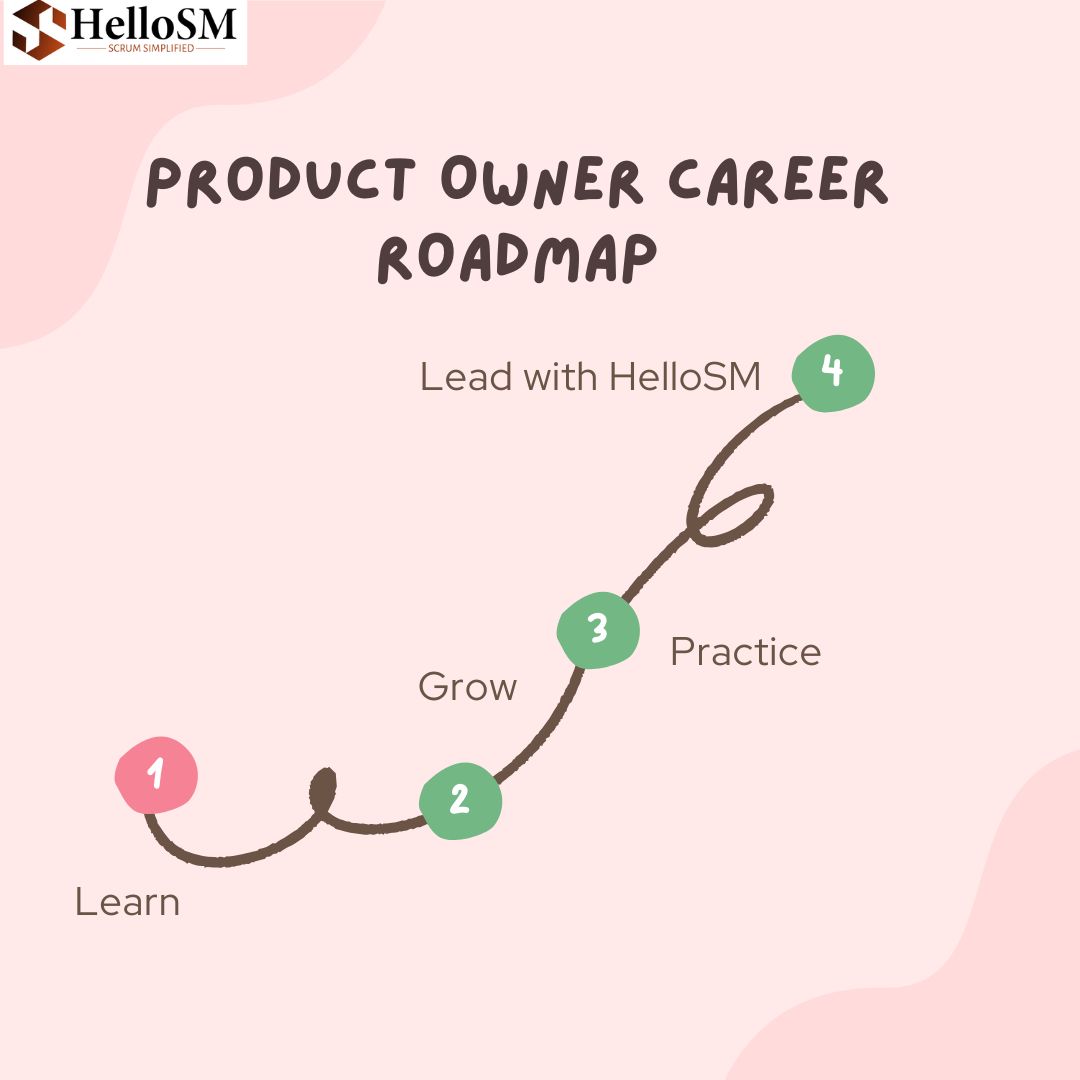If you’ve ever looked at a product and thought, “I could make this better,” then you might already have the makings of a great Product Owner. It’s one of those roles that quietly drives everything in an Agile or Scrum environment, balancing the customer’s voice, the team’s capabilities, and the business goals all at once.
But here’s the thing: becoming a skilled Product Owner isn’t something that happens overnight. It’s a journey, one that mixes learning, real-world exposure, and a fair bit of trial and error. So, let’s talk about how you can grow from a beginner to an expert Product Owner, especially if you’re in India and looking for online Scrum or the best training institutes in Hyderabad, Delhi, Mumbai, or other cities.
Step 1: Understanding the Basics
If you’re just starting out, your first goal is to understand what Scrum really is. A lot of people hear “Scrum” and think it’s just another buzzword, but it’s actually a structured way to bring agility into your work. You’ll want to learn about key roles (Product Owner, Scrum Master, Development Team), Scrum events (Sprints, Daily Scrum, Retrospectives), and the artifacts like Product Backlog and Increment. At this stage, enrolling in a beginner-friendly Scrum training helps a lot. For example, HelloSM, one of the best Scrum training institutes in India, offers clear, practical sessions where trainers explain how the theory connects to real work situations. They don’t just throw jargon at you, they make sure you can actually apply it.
Step 2: Build Hands-On Experience
Once you’ve got the basics, it’s time to dive in. You can start by taking on small projects, maybe as a Business Analyst, Junior Product Owner, or even a part of a Scrum Team. Real-world practice is where you start to see how messy product development can get, conflicting priorities, unclear goals, sudden scope changes, and that’s exactly where your learning deepens. Here’s a small reality check: the best Product Owners aren’t just great at managing backlogs or writing user stories. They’re storytellers who connect customer needs with team execution. They communicate, negotiate, and prioritize with empathy and clarity. If you can, find a mentor or attend online Scrum workshops for professionals, many are flexible, short-term, and guided by industry experts. These sessions often simulate real-life Scrum scenarios, helping you learn how to deal with blockers, handle stakeholder pressure, and maintain product vision.
Step 3: Get Certified
Now, let’s talk about certifications. While skills matter more than certificates, the right Scrum certification can open doors, especially in India’s fast-growing Agile job market. Certifications like Professional Scrum Product Owner (PSPO) or Certified Scrum Product Owner (CSPO) validate your understanding and show that you’re serious about your career path. Institutes like HelloSM are known for preparing learners not just to pass exams but to actually understand the mindset behind Scrum. Whether you’re based in Hyderabad, Delhi, Mumbai, Bangalore, or Pune, there are online Scrum trainings that fit into your work schedule. A good training partner will guide you through real-world examples for instance, how to handle a backlog refinement meeting or how to set measurable Sprint Goals that tie directly to business outcomes.
Step 4: Move Toward Expertise
Once you’ve been a Product Owner for a while, your growth depends less on tools and more on mindset. You’ll need to start thinking strategically, not just about “what” features to build but why they matter. At this stage, you’ll often find yourself influencing the company’s vision, collaborating with marketing and sales teams, and making data-driven decisions. You might even mentor junior POs or lead multiple products. And here’s a small but important truth: even expert Product Owners keep learning. They stay curious reading, attending meetups, joining communities, and experimenting with frameworks like SAFe, LeSS, or Nexus. The goal is to stay adaptable because the market keeps evolving.
Step 5: Keep Growing with the Community
No Product Owner ever truly “finishes” learning. The best ones constantly exchange ideas, they share failures, lessons, and wins. Online Scrum communities, LinkedIn groups, or even weekend learning sessions can give you a fresh perspective. That’s also where HelloSM shines, they don’t just stop at giving you a certificate; they guide you to connect with a community of Scrum professionals across India. Whether you want to upskill or shift roles, being part of such a network can make a big difference.
The Product Owner career roadmap isn’t a straight line, it’s more like a winding path filled with opportunities to learn, grow, and lead. You might stumble a few times, but each experience brings you closer to mastering one of the most impactful roles in today’s Agile-driven world.
If you’re genuinely interested in starting or growing your Scrum journey, look for the best Scrum training institutes in India, especially HelloSM, which offers online and classroom programs tailored for different career stages. Whether you’re in Hyderabad, Mumbai, Delhi, or Chennai, quality training can help you stand out in the competitive job market and build confidence as a Product Owner.
Frequently Asked Questions
What is the role of a Product Owner in Scrum?
A Product Owner defines the product vision, manages the Product Backlog, prioritizes features, and ensures the development team builds what brings the most value to customers.
How do I start a career as a Product Owner in India?
Start by learning Agile fundamentals, take a certified Scrum training (like PSPO or CSPO), and apply for entry-level Agile roles. Practical experience matters most.
Which is the best Scrum training institute in India?
HelloSM is one of the best Scrum training institutes in Hyderabad, Delhi, and Mumbai, offering expert-led online and offline sessions that combine practical learning with global certification prep.
Are online Scrum workshops worth it?
Absolutely. They’re flexible, affordable, and often led by certified trainers. Online workshops let you practice real Scrum scenarios and connect with professionals across industries.

